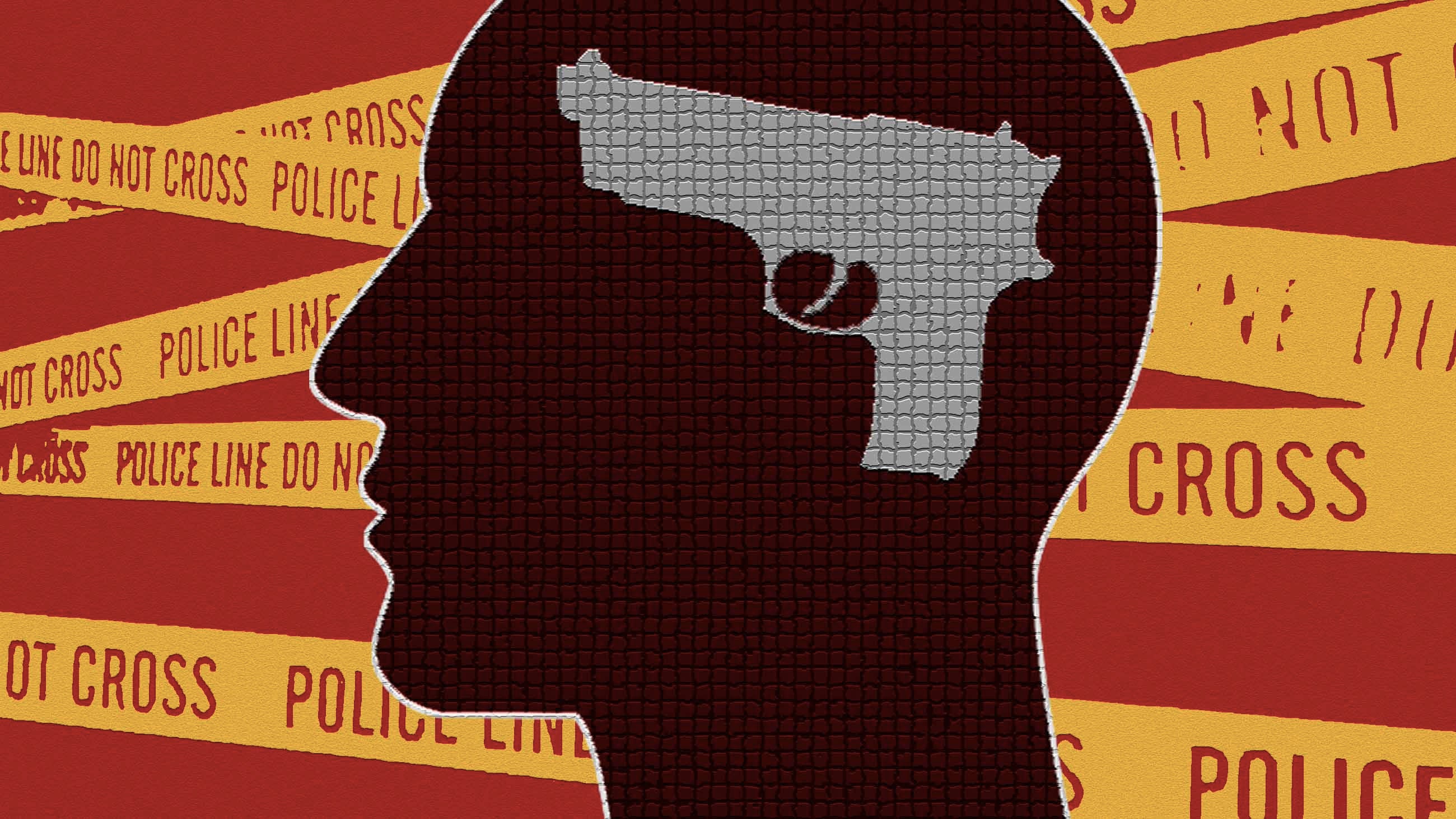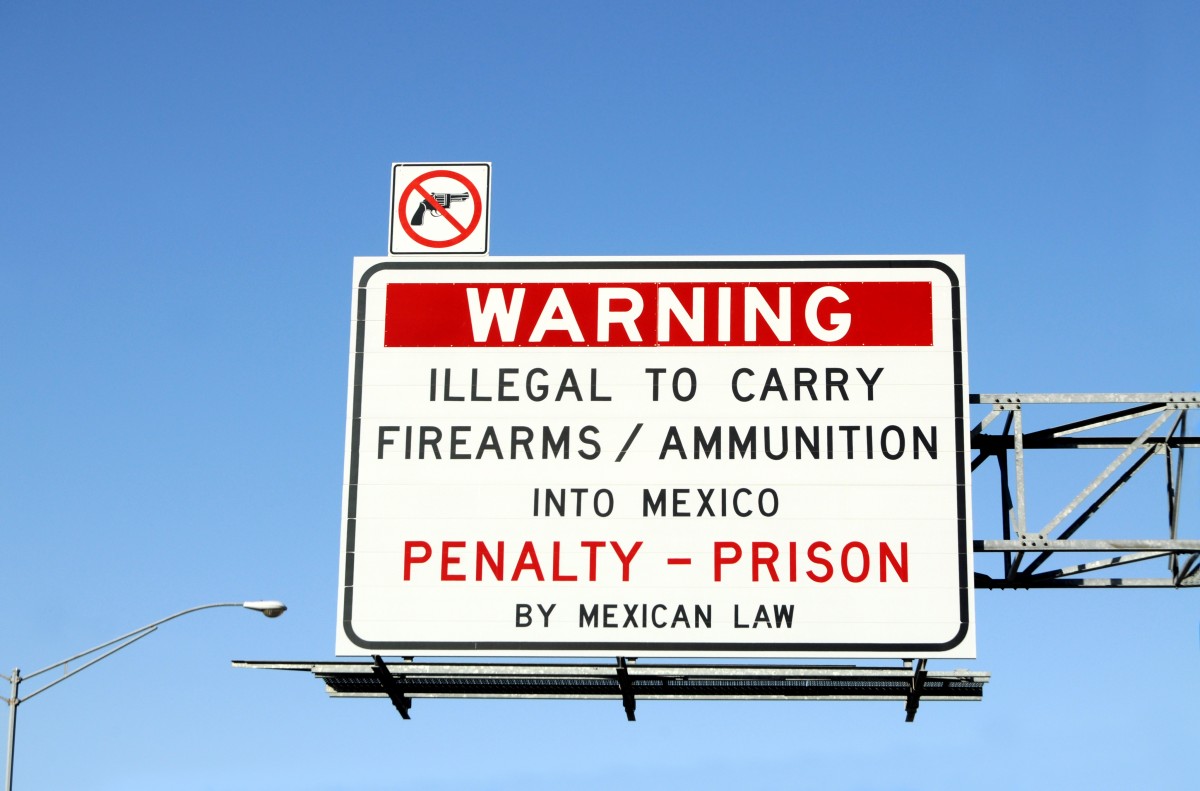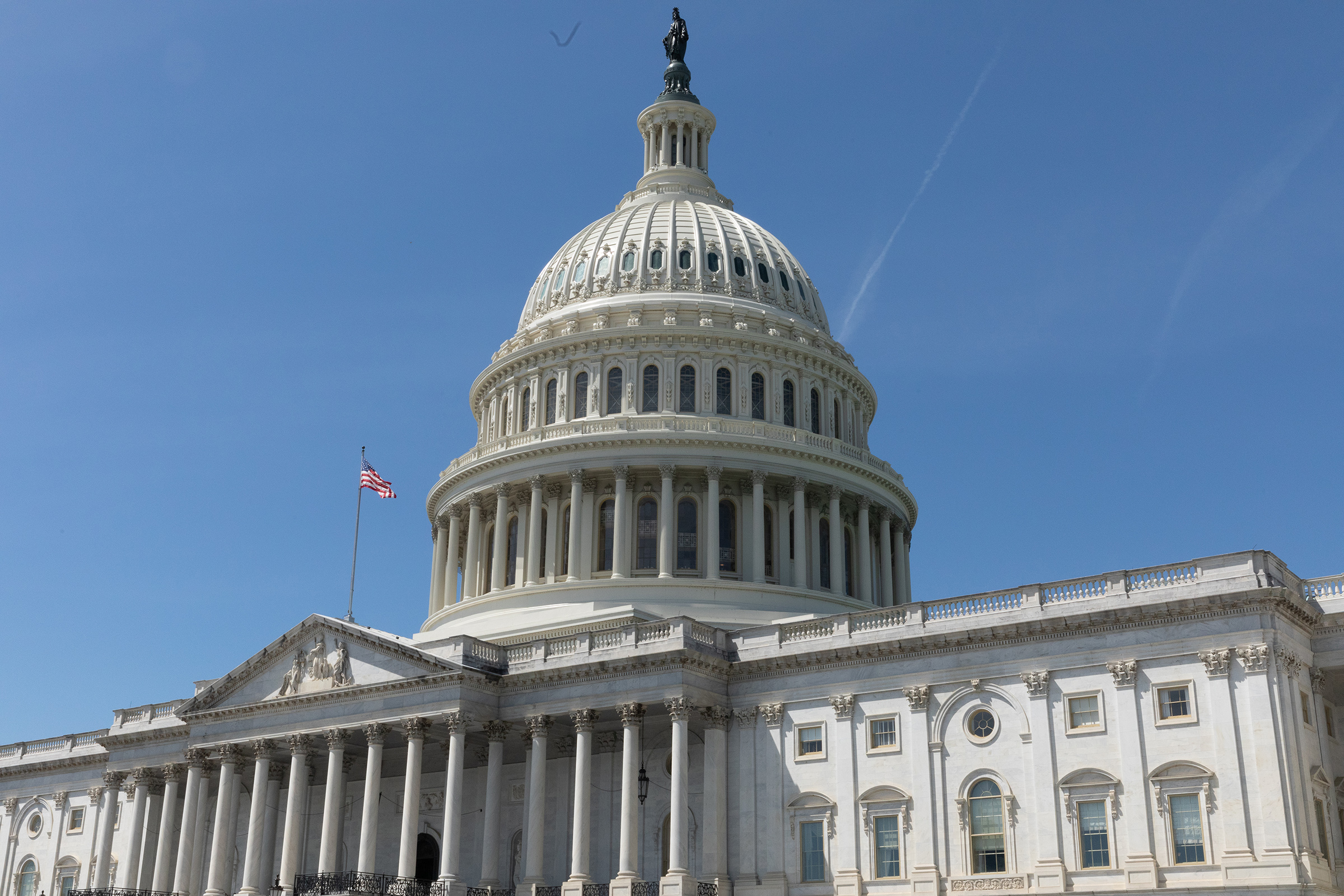The Psychology of Guns

https://www.psychologytoday.com/us/blog/psych-unseen/201510/the-psychology-guns

Loyalist Militiaman at the Moment of Death, Cerro Muriano, September 5, 1936 (Robert Capa)
Source: wikipedia.org
“We talked about this after Columbine and Blacksburg, after Tucson, after Newtown, after Aurora, after Charleston. It cannot be this easy for somebody who wants to inflict harm on other people to get his or her hands on a gun. And what’s become routine, of course, is the response of those who oppose any kind of common-sense gun legislation. Right now, I can imagine the press releases being cranked out: ‘We need more guns,’ they’ll argue. ‘Fewer gun safety laws.’ Does anybody really believe that?”
— President Obama, Statement on the Shootings at Umpqua Community College, Roseburg, Oregon
Another mass shooting, another call for more gun control. And yet, if the past predicts the future, those calls won’t go far and will probably even spark a rise in guns sales, as they have after many of the recent mass shootings in the US. If more gun legislation is really “common-sense,” then why doesn’t it happen?
To understand this, it’s necessary to understand the psychology of guns and gun owners, rather than falling into the familiar trap of blaming the National Rifle Association (NRA), Republicans, and Congress or writing off individuals who are wary of legislation as crazy “gun nuts” who don’t care that children are dying from gun violence. In keeping with this goal, I will refer to the two sides of the gun debate simply as “pro-gun” and “anti-gun” instead of framing this as a liberal/conservative or Democratic/Republican divide. In America, this divide — like so many hot-button issues these days – is split firmly down the middle. The most recent Gallup Poll indicates that 42% of Americans have a gun in the home (the General Society Survey puts this number closer to 30%) and 52% want guns laws either kept as they are (38%) or made less strict (14%). Over the past 25 years, the number of people who want more strict gun laws has decreased from a high of 78% in 1990 to the 2012 low of 44%. This despite the fact that “active shooter incidents” have increased since 2000,1 although gun homicide in general has decreased significantly in the past two decades.2
If there’s any chance of reform in gun legislation, legislators and “anti-gun” proponents are going to have to understand why the “pro-gun” half the of country owns guns, likes guns, and sometimes invokes the NRA slogan “I’ll give you my gun when you pry it from my cold, dead hands” when the issue of gun control comes up. Here are 3 answers to that question:
1. Gun culture is American culture.
In some pockets of America, especially in the South, people are brought up around guns. They are taught to use them (and use them safely) at an early age and being gifted a first gun, going hunting with one’s father, and competing in NRA and 4H-Club sponsored shooting events are rights of passage.
Lest you dismiss this as some antiquated pastime of rural “red states,” keep in mind that the US was founded on violent revolt with guns, such that the right to gun ownership was included in the 2nd Amendment of the US Constitution (of course, people endlessly debate its meaning, but the latest US Supreme Court decision in District of Columbia vs. Heller interpreted “the right of the people to keep and bear arms” as an individual right). The notion of the American hero as a gun-toting freedom fighter has been firmly planted into public consciousness for more than 200 years. As I’ve written in an article published in Aeon magazine about mass shootings called “Running Amok”:
article continues after advertisement
“Over the past century, generations of US boys have grown up romanticizing the Wild West by playing ‘cowboys and Indians’ with replica six-shooters, battling each other as ‘cops and robbers’ armed with plastic revolvers, or staging vast campaigns of toy soldiers in which opposing armies were gunned down in droves. More recently, ‘first-person shooter’ simulations featuring both military and criminal role-plays have become some of the most successful video games of all time. A casual perusal of the top-grossing films of the past two decades is replete with examples of movies intended for children and adults alike that glorify gun violence along with posters featuring heroes posing with firearms, even in comedies.”
Guns are therefore part of American culture, regardless of regional differences and red or blue states. It’s estimated that there are 310,000,000 civilian-owned guns in the US now, with 89 firearms for every 100 residents such that the US is far ahead of any other country in per capita gun ownership. A total ban on gun ownership is highly unlikely to happen in the US and begs the question of how those 300 million guns would ever be rounded up, even if a gun ban were to ever be legislated.
2. Shooting guns is fun.
If you want to understand the appeal of guns, you need to hold one in your hand and shoot it. The bottom line is it’s fun. For those of us who grew up watching cowboy movies, war movies, James Bond movies, and the like, the irresistible urge to act out the hero with toy guns starts at an early age. A progression from squirt guns to video games, paintball, Airsoft and BB guns, and going to the shooting range with the real thing is natural enough.
A number of articles have described the thrill of shooting guns. A “liberal European reporter” wrote in the Economist:
“…from afar, American gun culture appears utterly insane. Americans are far more likely to murder someone or to kill themselves than people in almost all Western European countries, largely because guns make it easier… Yet shooting is fun. And what European – and liberal Americans – often don’t realize is that these deadly weapons are also an accessible, affordable, and interesting hobby for millions of people.”
article continues after advertisement
Adam Winkler, a UCLA law professor has said:
“Gun control advocates ask, ‘Why does anyone need this particular kind of gun, like an AR-15 (an assault rifle similar to the one used by the US military)? The reason people like an AR-15 is because it’s fun to shoot.”
Jenna Glasser, a self-described “bright blue dot in a red state” wrote:
“Here’s the truth about guns that no one, on either side of the debate, wants to tell you: shooting them is fun. I’m a bleeding-hearted, left-leaning liberal and I get a cheap, easy thrill out of shooting my little .38 caliber pistol. The “I am woman; hear me roar,” thrill I’ve gotten the few times I shot an Uzi, AK, or even a Glock is enough to leave a tremble running up my arms (though in reality, that’s likely just kickback). But the emotional component here is huge. That thrill at the range translates to confidence outside of it. And confidence was a great comfort.”
Just what is it that makes shooting fun? There’s an undeniable sense of power that comes from shooting a gun. A patient of mine once told me that guns were for cowards, but he was a 200-plus-lb. African American man who had won well more than his share of fistfights though the years. Psychologically speaking, guns aren’t so much the tool of a coward, as a way for someone to equalize power and overcome perceived oppression. In America, that dynamic began with our independence from England and hasn’t faded since.
article continues after advertisement
Beyond the unavoidable Freudian link between guns and potency, there’s also an addicting quality to trying to improve your accuracy with a target at the range. It’s the same kind of hook that makes video games and golf so habit-forming — if I just do it a little better, maybe I can score a bulls-eye, or get to the next level, or hit a hole-in-one on the next attempt. Hunting carries a similar appear, but on an even more primordial level.
Shooting has been an Olympic sport since the first games in 1896, with 17 different events in the modern summer Olympics, and 53 cumulative gold medals won by the US, the most of any nation by far. Outside the Olympics, amateurs and professionals alike enjoy target practice at the range; skeet, trap, and sporting clays; competitions involving speed and precision; as well as action shooting.
If anti-gun proponents are to understand the rhetoric of “I’ll give you my gun when you pry it from my cold, dead hands,” they need to get a sense of what kind of pleasure would be taken away with more restrictive gun control. If pleasure seems like a stupid reason to expose oneself to danger, remember that it’s pro-gun conservatives who are more likely to oppose the legalization of marijuana.
article continues after advertisement
3. Guns make gun owners feel safer
If there’s a commonality between the pro-gun and anti-gun divide, it’s that people feel the world is unsafe (despite the fact that the world, including the US, has become increasingly more safe in terms of homicide). On the one hand, suburban, white parents who are strongly anti-gun are up in arms (pun intended) about gun control because they feel their children are endangered in places where they shouldn’t be (in contrast, inner-city gun violence among black youth doesn’t tend to spark national talk of gun control). And so, banning guns completely seems like a rational solution. On the other hand, pro-gun advocates have similar concerns, but they feel that arming themselves is the only way to keep them safe. In their view, more permissive gun laws allowing open-carry and concealed-carry firearms or arming teachers with guns in schools is therefore the sensible path.
From a psychological perspective, it’s less important whether guns actually make us safer and more important whether guns make us feel safer. But nonetheless, let’s start with some “facts.” The preponderance of available evidence indicates that having a gun in the home is associated with a greater risk of accidental death, homicide, suicide, and a greater risk especially of female and childhood death by firearm.3 As a result, the significant public health risk of firearm ownership has become a known dictum in the medical literature. What’s much less well known is whether firearm ownership really prevents violent victimization. Methodologically, it’s extremely difficult to detect a deterrent effect of gun ownership, when preventative outcomes are hypothetical (i.e. in cases of purported gun self-defense, it isn’t really possible to know what would have happened if one didn’t have a gun in the same situation). Nonetheless, a 2013 summary by the Institute of Medicine and National Research Council Committee concluded that “gun ownership protects against serious injury when guns are used defensively.”4 For example, a 2004 study by Jongyeon Tark and Gary Kleck found that:
“self-protection in general, both forceful and nonforceful, reduced the likelihood of property loss and injury, compared to nonresistance. A variety of mostly forceful tactics, including resistance with a gun, appeared to have the strongest effects in reducing the risk of injury…”5
If this leaves things ambiguous, clarity seems to lie in relative risk. Statistically, the risk of accidental death, homicide, or suicide associated with gun ownership appears to be substantially greater than the potential benefit of gun ownership as a deterrent to violent crime in the home.3
But once again, it’s perception that is reality in terms of psychological understanding. According to the 2014 Gallup Poll, 63% of Americans believed that having a gun in the home makes it a safer place — a substantial increase from less than 50% from 1993 to 2006. A older study from 1999 found that those who believed that having a gun makes the home safer were more likely to be young, male, and affiliated with the Republican party; to have no children at home; to have finished 12 years or fewer of education; and to have low levels of trust in police for protection.6
With beliefs firmly in place on either side of the debate, confirmation bias means that individuals pick and choose data, citing studies that support their views while discounting those that don’t. Statistics and studies aside then, the self-defense aspect of gun ownership is vital to understanding the pro-gun stance. Sixty percent (60%) of gun owners in the 2014 Gallup Poll stated that they own guns for self-defense with 49% owning guns for hunting or other recreation. If gun owners are worried about their safety and believe that they themselves – and not a call to 911 – are most likely to provide protection, then gun control legislation that would limited ownership is perceived as an outright threat (if that seems ridiculous, consider that many people do not live within ready reach of law enforcement, and even when they do, a 5 or 10 minute wait for police to arrive on scene can be the difference between life and death in an acutely dangerous situation). If however, as an anti-gun proponent, you don’t feel in particular danger at home, or you feel well-protected by police, then its gun ownership that’s perceived as the threat. With both sides of the gun debate fearful for the lives of their families, it’s no wonder our country is at an impasse.
Pistols used in the duel between Alexander Hamilton and Aaron Burr, 1804
Source: wikipedia.org
If movement is to be made towards greater gun control, it’s going to require a battle of “hearts and minds” in which attitudes about gun ownership are gradually transformed, just as they have changed over time about civil rights issues, tobacco use, and the legalization of cannabis. In order to effect such change, three things will be needed to get the ball rolling.
First, anti-gun advocates must realize that a complete ban on private gun ownership, nor the kind of sweeping gun restrictions imposed in Canada, Australia, and the UK, is probably not a realistic goal in the US at this time. Less ambitious reforms with a high likelihood of actually reducing gun violence are more likely to gain wider support.
Second, public health efforts should be directed at educating people about the significant risks of gun ownership. Public service messages could take a page out of the anti-smoking campaign’s playbook, highlighting the morbidity and mortality associated with gun ownership, especially among women and children, and taking steps to phase out the glamorization of gun violence from entertainment. Gun safety classes should be taught on a larger scale and could be mandated for ownership. The cavalier way that many people treat firearms is a disservice to all, regardless of one’s stance on gun control.
Third, anti-gun proponents are going to have to address the perceived benefits of gun ownership. That needs to start from a place of knowledge. Pro-gun advocates cringe when proposed legislation involves irrational, fear-based restrictions against things like “assault rifles.” Mention “assault rifles” and “high-capacity clips” to pro-gunners and be prepared for some eye-rolling, or worse. To those that know their way around firearms, terms like “assault rifle” or “military-style firearms” are ill-defined at best and unconvincingly associated with increased risk. If you’re going to talk about gun control legislation, know the difference between a fully automatic weapon and a semi-automatic weapon. Know the difference between a magazine and a clip. Know that high-capacity magazine bans are easily thwarted by carrying multiple low-capacity magazines. Know why hollow-point rounds (so-called “cop-killer bullets”) are in some ways safer than full metal jacket rounds. Speaking from ignorance is a non-starter in terms winning over hearts and minds, just as talk of the female body having ways to “shut that whole thing down” in the setting of rape will never inform the abortion debate.
If rational gun control reform is to ever happen, anti-gun proponents must steer clear of popular myths about gun violence and mass shootings and think about proposals to limit gun ownership to those most at risk for committing gun violence without taking away the pleasure and sense of safety responsible pro-gunners associate with firearm ownership. Although the majority of Americans in the Gallup poll didn’t want gun laws changed, as many as 91% did support background checks for all gun purchases. In fact, background checks are already the rule. Where the system breaks down is when states fail to report concerning individuals, such as those involuntarily admitted for psychiatric hospitalization because of suicidality or homicidality, to the National Instant Criminal Background Check System (NICS). Likewise, private gun sales and transfers that are not processed through a Federal Firearms Licensee (FFL) are immune to background checks, in some cases creating the “gun show loophole” (while pro-gun control advocates claim that 40% of gun sales occur without a background check, other sources suggest the number is more like 4%). Those gaps offer room for meaningful improvement, though pro-gun advocates will always be concerned that a universal background check is equivalent to a gun registry that could eventually be used to enforce a total gun ban. That’s not slippery-slope paranoia – while anti-gun advocates often claim they aren’t asking for a gun ban, wouldn’t most jump at the chance to ban guns altogether if the opportunity arose?
In the end, the common sense that President Obama calls for dictates that only gun control likely to actually decrease illegal gun violence is worth legislating. Pro-gun advocates will point out that the majority of criminal offenses involving guns are committed with guns illegally obtained from the “street” or from friends or family. Based on a Department of Justice survey of incarcerated criminals who used guns in crime, only 14% utilized guns purchased through legal means that would be addressed by a universal background check.7 It’s for this reason that pro-gun advocates are wary that gun control legislation will take guns away from responsible, law-abiding citizens and place them into the hands of criminals.
And so, while a universal background check might be a reasonable start to gun control reform, proposals should be revised to better screen out those who shouldn’t have access to firearms (no easy task) and should include safeguards ensuring the right to legal gun ownership by responsible adults, but won’t do anything to address the problem of illegal gun ownership.
The more you actually know about guns, the more complicated rational gun reform becomes. But we need a complicated analysis of effective remedies to gun violence, not emotion-based, knee-jerk responses. With all the concern about mass shootings in white American suburbia, where is the talk about how to solve the problem of inner-city youth violence, such as in Chicago where the gun-related deaths outnumber deaths by mass shootings by orders of magnitude? Is gun control legislation likely to help there? In the wake of yet another mass shooting, where are they calls to understand and prevent violence in at-risk youth and culture at large?
As I’ve argued elsewhere in my Aeon article about mass shootings and in a previous blogpost here, I’d like to see less finger-pointing to external factors like guns or video games — which lead to politically expedient band-aid approaches — and more attention directed inwards at ourselves and our culture devoted to the prevention of violence in the first place. That would certainly seem to be the most appropriate domain for psychology, psychiatry, and public mental health.




